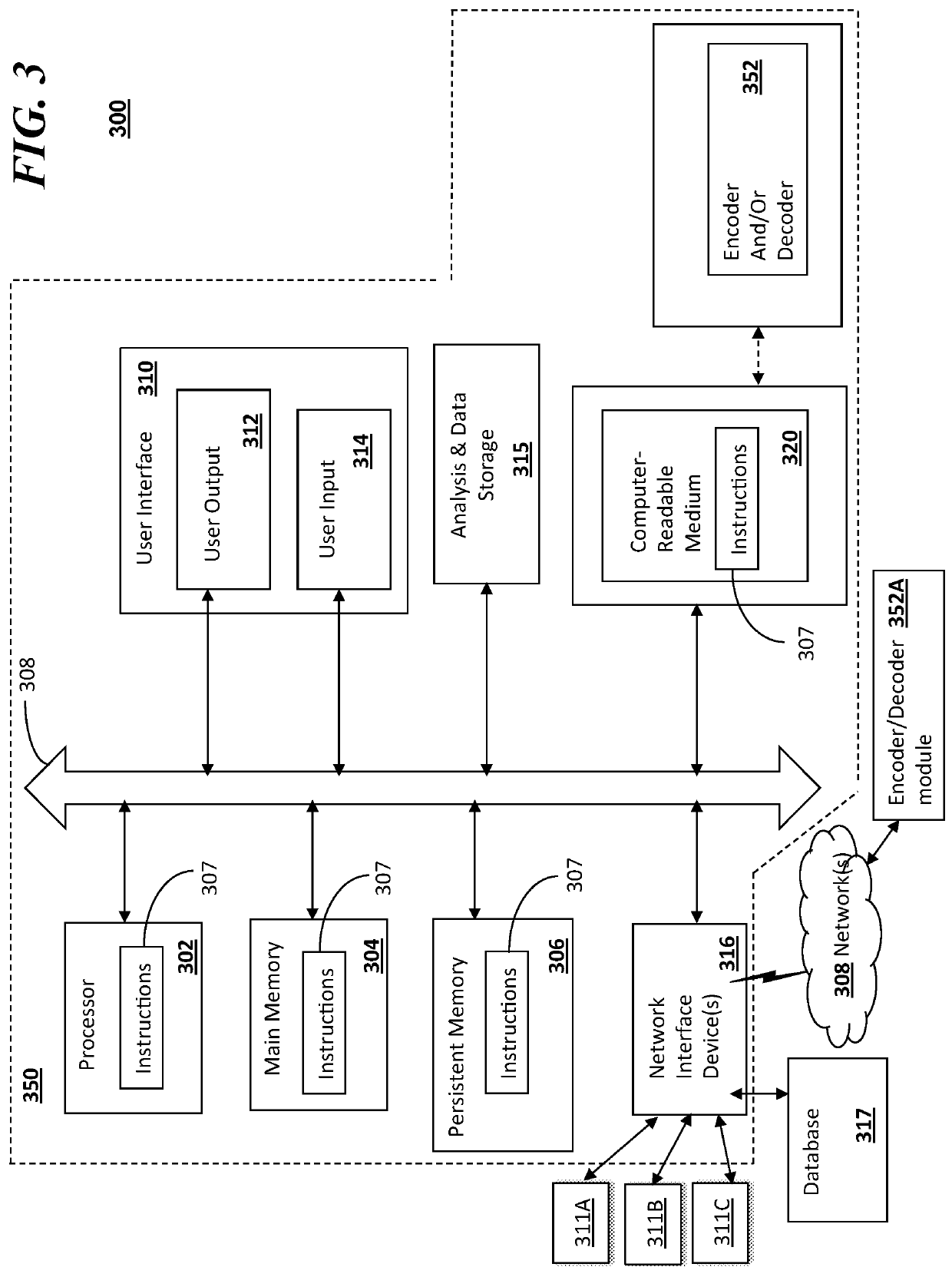System and method for aggregation, archiving and compression of internet of things wireless sensor data
a wireless sensor and internet of things technology, applied in the field of computer systems and methods, can solve the problems of large storage and communication resource needs, the amount of storage needed to store data is still significant, and the need for transmitting data later for analysis or graphing could become a burden on the communication link bandwidth, so as to achieve the effect of reducing the storage cost of the internet of things application and improving compression performan
- Summary
- Abstract
- Description
- Claims
- Application Information
AI Technical Summary
Benefits of technology
Problems solved by technology
Method used
Image
Examples
Embodiment Construction
[0019]The present disclosure relates to a method and system for compression and aggregation of data collected from the wireless sensors that can be applied beyond the IoT gateway in the network edge or core servers. Embodiments herein can solve, among other things, the important problem of distributing, aggregating and archiving the abundance of wireless sensor and other Internet of Things data that is rapidly becoming available in large quantities.
[0020]It should be understood at the outset that, although an illustrative implementation of one or more embodiments are provided below, the disclosed systems and / or methods may be implemented using any number of techniques, whether currently known or in existence. The disclosure should in no way be limited to the illustrative implementations, drawings, and techniques illustrated below, including the exemplary designs and implementations illustrated and described herein, but may be modified within the scope of the appended claims along wi...
PUM
 Login to View More
Login to View More Abstract
Description
Claims
Application Information
 Login to View More
Login to View More - R&D
- Intellectual Property
- Life Sciences
- Materials
- Tech Scout
- Unparalleled Data Quality
- Higher Quality Content
- 60% Fewer Hallucinations
Browse by: Latest US Patents, China's latest patents, Technical Efficacy Thesaurus, Application Domain, Technology Topic, Popular Technical Reports.
© 2025 PatSnap. All rights reserved.Legal|Privacy policy|Modern Slavery Act Transparency Statement|Sitemap|About US| Contact US: help@patsnap.com



